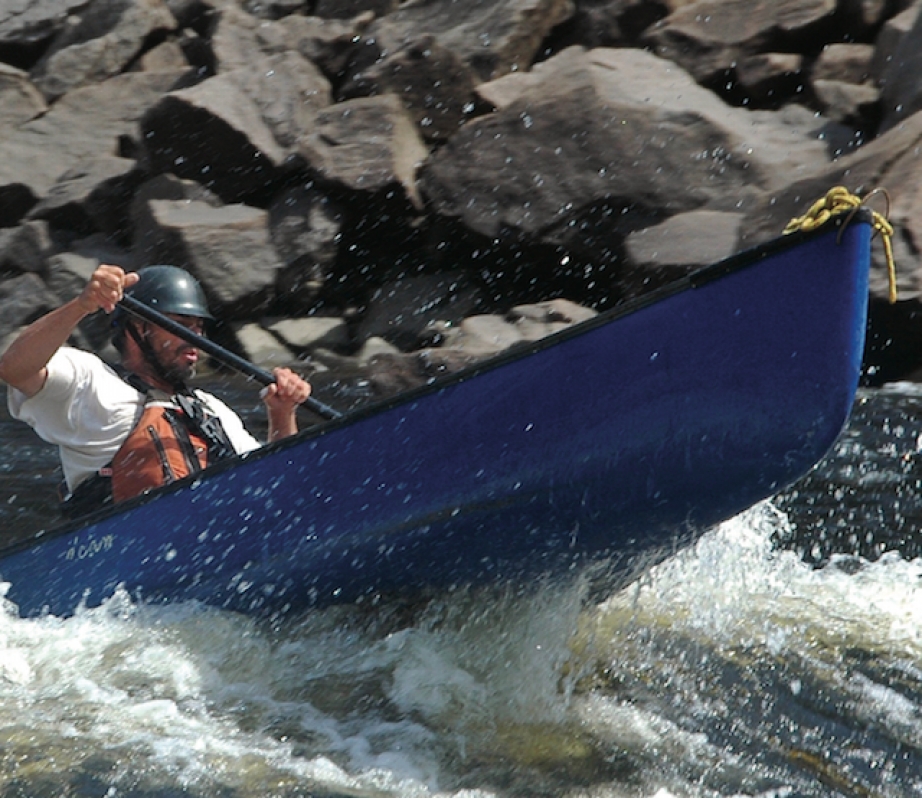Pinned between the 55th parallel and Hudson and Ungava Bays, the territory of Nunavik in far northern Quebec is home to some of the province’s last undiscovered whitewater. Scoured by icy winds and pounded by rain and snow, the Vachon River cascades over 200 kilometres through this unforgiving landscape of rock and lichen before being swallowed by the Payne River Fiord and the world’s largest tides at Ungava Bay.
Because of its remoteness—Nunavik is larger than California, has no roads and is home to a population of only 12,000 scattered in tiny inuit villages around the coast—the Vachon River has never been run before. (Curiously, the river was partially explored in 1985 by a group of four canoeists from Lyon, France, who travelled up it as part of a cross-Ungava expedition). This summer, Quebecer Eric Leclair hopes to make a first descent while laying the groundwork for others to do the same.
“The Vachon is the craziest project i could think of,” says Leclair.
With over 10,000 kilometres of canoe tripping experience under his hull, Leclair is a veteran of wild and remote rivers. An expedition leader and geographer since 1994, Leclair has worked with SÉPAQ, Quebec’s parks organization, to produce detailed maps and guidebooks for popular whitewater tripping rivers like the Ashuapmushuan.
The goal of the Vachon River expedition is to research the route and rapids for a Parks Quebec recreational guide map, while also enabling nearby communities to evaluate the river’s tourism potential. With currently only three commercially run rivers in the region, the local Inuit are eager to welcome more visitors to Nunavik. To this end, Leclair’s expedition team includes Peter Kiatainaq, a river guide and park ranger from Pingualuit National Park, which protects the river’s headwaters, and Tommy Weetaluktuk, an archaeologist from Nunavik’s Avataq Cultural institute.
“The local inuit understanding of the territory, climate and available resources is invaluable to an expedition in this wild region,” says Leclair.
The team knows that the river’s remoteness is not the only challenge their 18-day expedition faces as it travels 300 kilometres from a series of small lakes at the headwaters, down the river’s narrow canyons and out the Payne River Fiord to the village of Kangirsuk. Ice jams pose a potentially deadly hazard, and the region’s heavy precipitation makes for unpredictable and swiftly changing water levels. With the ground locked in icy permafrost—unable to support vegetation or hold water—rains feed directly into the river.
The most treacherous section, says Leclair, is the last few days on the Payne River Fiord. “We have to deal with 35- to 40-foot tides, difficult currents, strong winds and even polar bears near the coast,” he says, adding that these hurdles just “add spice to the trip.”

This article first appeared in the Fall 2009 issue of Rapid Magazine.




